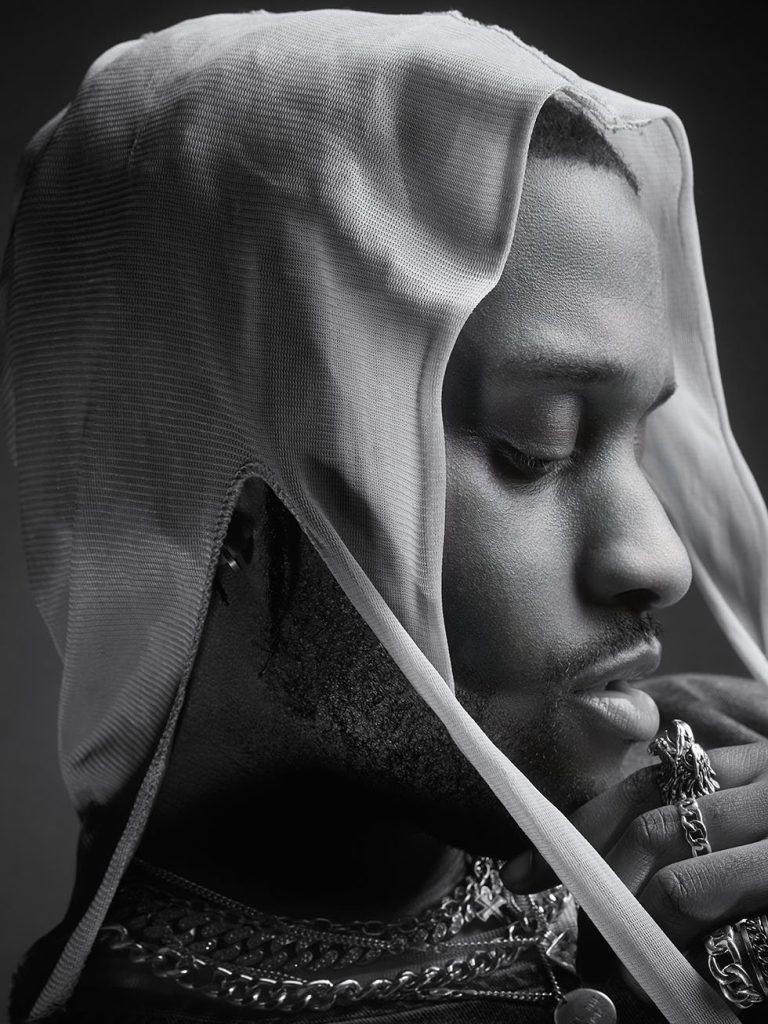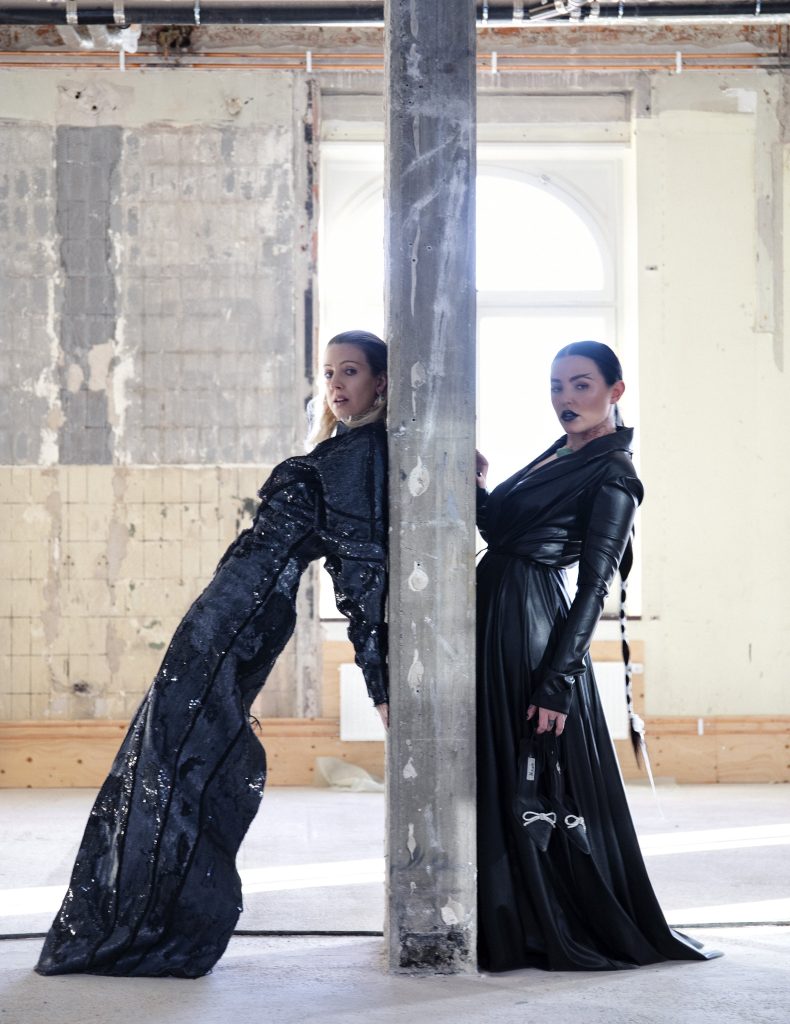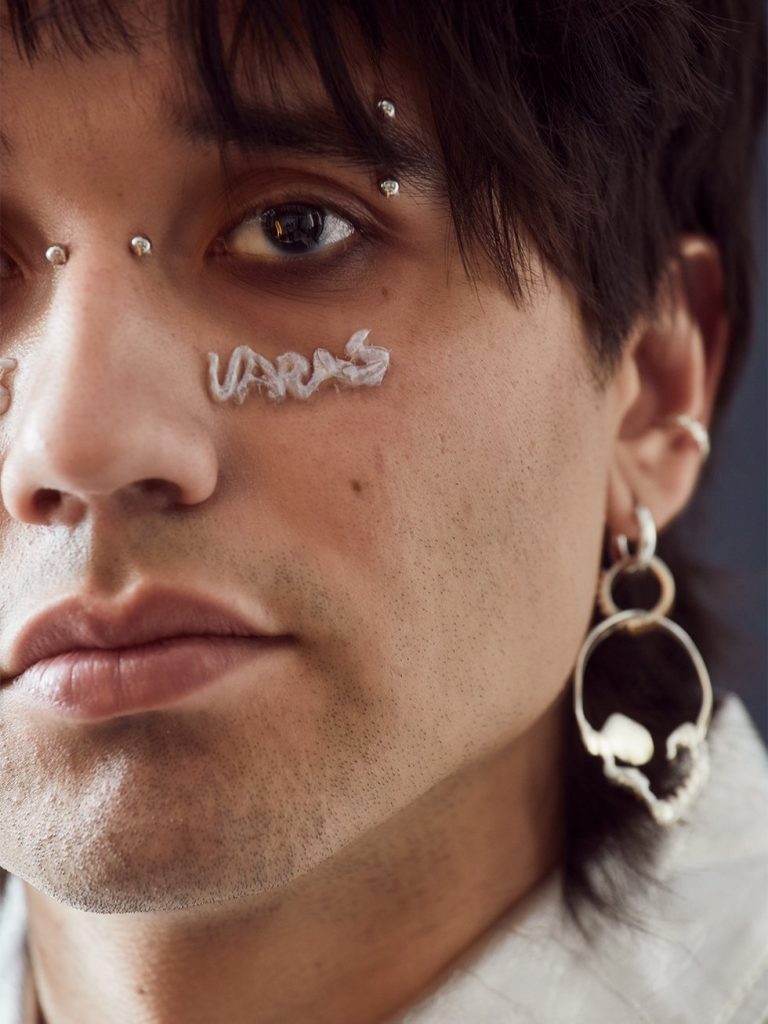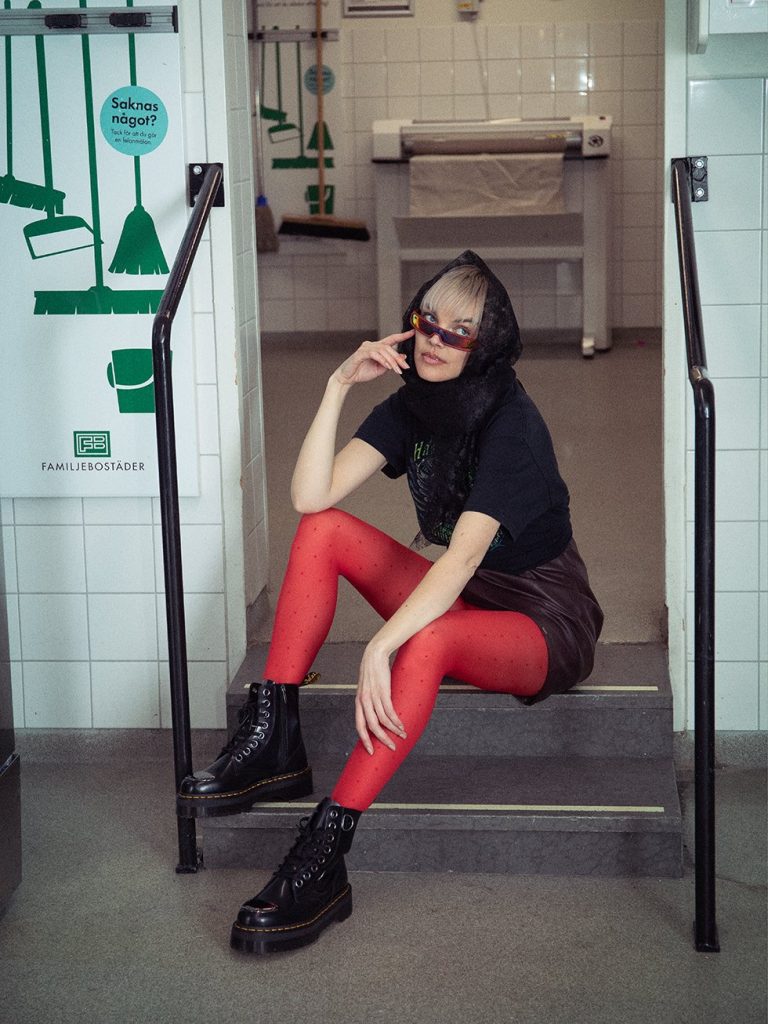An Interview with CK
An Interview with CK text Oskar Borin CK is a Swedish rapper and entrepreneur. Emerging from the Swedish hip hop scene in 2020, CK has been generating buzz through his numerous projects including “From the Mud”, “Growth”, and “Spittalicious”. His latest release “Omerta Over Clout” features seven beautifully produced tracks with CK spitting his truths and perspective on life. Outside of music, CK created Roll The Dice (RTD) Clothing with his childhood friend Viktor Steenson in 2021. He is often spotted with friends and fans at various events and parties across Stockholm, loudly and proudly sporting RTD clothing with their larger-than-life personas and prolific attitudes. Follow CK on his journey @ckthespitta on all socials. CK. How did you coin the name?CK are my actual initials. It’s my first and last name. All the homies been calling me CK since way back so it was an easy choice Who are your favorite producers to work with?Boi Yanel without a doubt, we push each other all the time and I can really say that he’s made me a better artist. Omerta Over Clout. Explain the album title. All the clout chasing is getting out of hand in my opinion, they rather chase clout than money nowadays. I feel like it’s going to be our downfall. I rather stay quiet (omerta), focus on my art, and chase the money, that’s how I’m feeling. What was different about doing your album after doing a number of mixtapes?This project is a level up compared to my previous tapes. I’m addicted to getting better at everything I do, and you can hear it on this project. How do you pick the beats on your projects and what is the creative process behind writing your lyrics?9 times out of 10 we be in the studio listening to beats made by the producer and i just choose the ones that really connect with me. I can be a pain in the ass sometimes because I’m picky and I know exactly what I like.When it comes to lyrics, I need to hear the beat before I write so I can get that feeling of what the song is going to be about. How do you balance competition and creativity in music?Honestly, I don’t care about competition, I’m only competing with myself and that’s that. Comparison will drive you crazy, I just focus on being a better artist than I was yesterday.My creativity comes from everything I’ve been through. I paint the picture of past experiences. How much does spirituality influence your music? I am in tune with myself which helps me be more honest in my music. I used to be hardheaded, and I hated sensitivity and all that. I was taught that showing weakness is a bad thing but I grew out of that as I got older. Top 5 rappers dead or alive?Kendrick, Nas, Andre 3000, Biggie, and Jay-Z. Who are your influences outside of rap and how have they shaped you as a person?I look up to people that are willing to go the extra mile for their dreams. It’s not just one particular person, I got lots of people who influence me. The people I study inspire me to always stay out of my comfort zone and go harder. 16 bars for the youth?I urge y’all to listen to all the bars from “Omertà Over Clout” before I give you something new.




